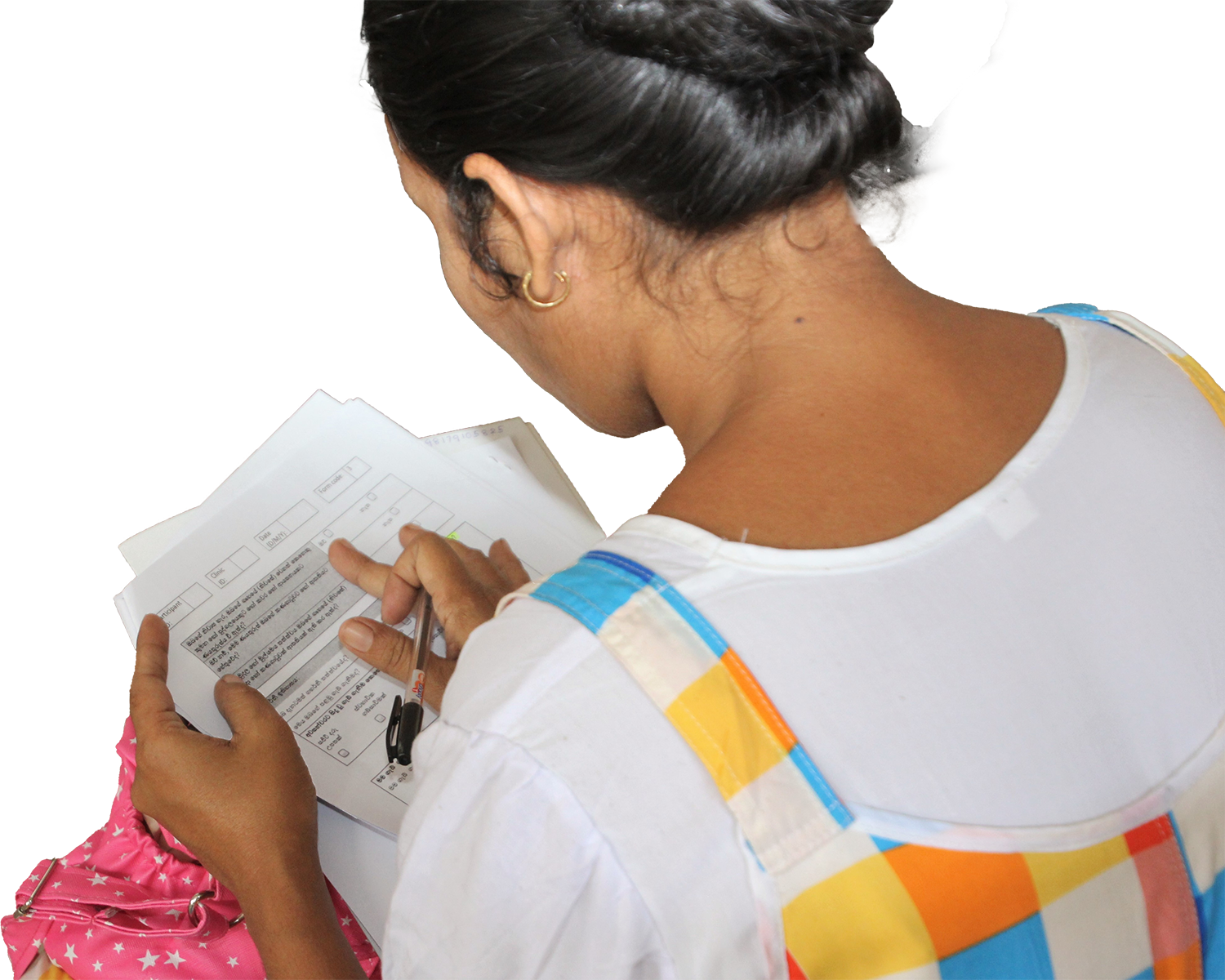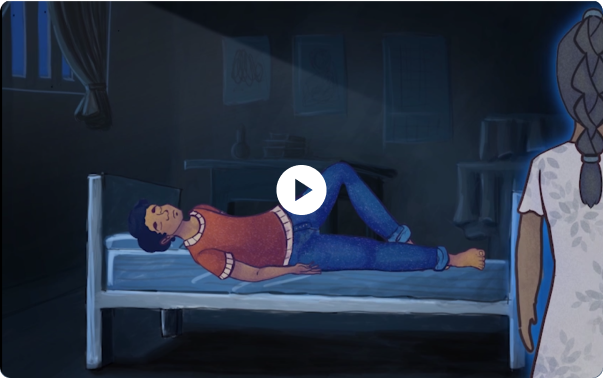Research Setting
Data underpinning The Pain Pathway come from Gampaha and Colombo, two western districts in Sri Lanka intentionally chosen to provide evidence from fast-changing, urbanising communities, though rural, semi-urban and urban areas all participated. Health services, including Sri Lanka’s two largest public hospitals (National Hospital, Colombo and Colombo North Teaching Hospital) enabled us to meet women, families and service providers affected by self-harm in different ways.
Sampling and Data Collection
A prospective surveillance system was established in the teaching hospital, where all females 12 and older admitted following possible self-harm were identified. Through this process, we collected health records and reviewed existing hospital data for 210 women and girls (ages 13-67) and interviewed 170 who wished to tell their story. We also interviewed women at the National Hospital who were receiving care in a specialist ward. Thirty-two cases of women who died by suicide in Gampaha were analysed in the same period.
Data Collection Tools
We captured women’s experiences across their life cycles. Psychological and sociological autopsy methods were combined in an original tool designed for this research, which explored individual and social circumstances surrounding self-harm for surviving and deceased women. Additionally, surviving women used unstructured storytelling to recount their paths to hospital, and explored (gendered) issues often missed by the standard tools used in suicide research (e.g. psychological autopsy). Health records captured information on sociodemographic characteristics, life circumstances, methods and histories of self-directed violence, intended and actual outcomes of self-harm.
Analysing the Data
Rigorous thematic analysis was supported by specialist software (NVivo). The findings are an interpretation and organisation of living and deceased women’s pathways through the self-harming experience, which revealed a cumulative and gendered process termed The Pain Pathway.
Ethical Considerations
All living women demonstrated an ability to provide consent. Girls under 18 years gave their consent as did a parent or guardian. All participants were approached only once they were medically stable and study information and conversations were held in their preferred language (Sinhala, Tamil or English). We did not give incentives to women or medico-legal authorities to participate or share suicide inquest files to ensure no one felt pressured to take part. Ethics approval was given by University of Kelaniya’s Faculty of Medicine Research Ethics Committees (Ref. P/135/08/2015), hospital administrators, consultants responsible for all participating wards, and the London School of Economics Ethics Review Committee.
If you would like more information on the research and methods, download the briefing sheet or get in touch.



